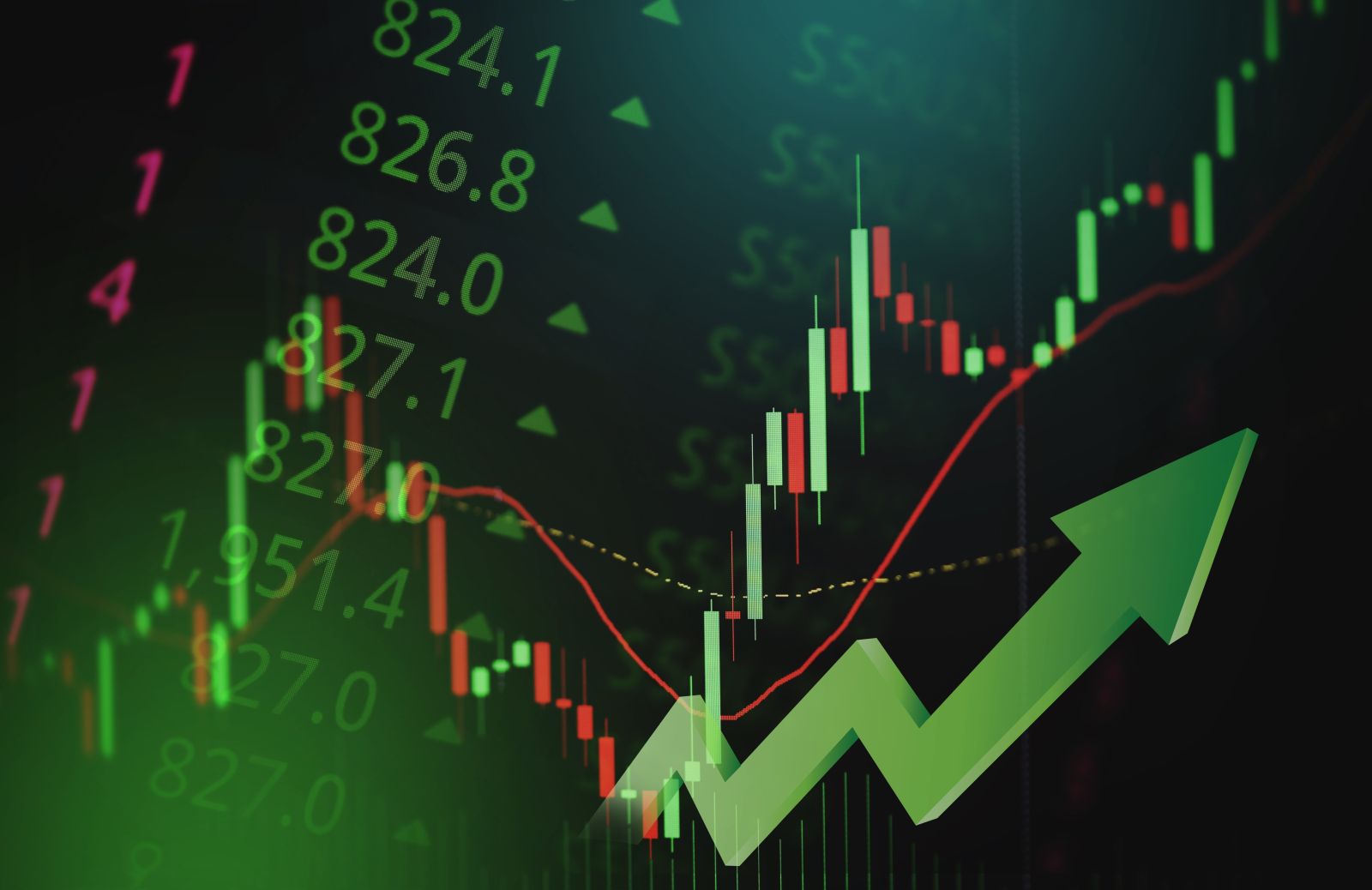
Late December's tax-driven selling pressures drove oil prices down. As if on cue, seasonal buying pressure emerged, injecting a fresh wave of optimism into the crude oil market. This demand is not without purpose; it marks the onset of preparations for the impending summer driving season. Refiners embark on a strategic accumulation of crude oil inventory for gasoline production, laying the groundwork for oil price increases in the months ahead.
What factors are supporting this current oil rally?
The prominent force causing this reliable seasonal buying period from December to May is the beginning of the summer driving season, which starts the last week of May, traditionally the Memorial Day weekend. Refiners use the December selling pressure in oil to place hedges against higher prices later in the season, allowing them to lock in a more significant profit margin when they sell the gasoline.

Source: CMEGroup Exchange
The Disaggregated Commitment of Traders (COT) graph above illustrates how the oil refiners aggressively bought (blue bars) in December. Since then, the commercials have been net-long (blue bars higher than red) oil futures. The yellow line reflects the price of crude oil, showing how the refiners continued buying at basing prices before rallying. Recently, their buying has been declining, and multiple weeks have shown that fewer long positions are being added.
In a recent article for Barchart, "US Crude Oil Inventories Surge Beyond Expectations: How Will This Impact the Seasonal Buy?" I wrote:
"As a result, refiners must empty their holding tanks of winter blend by early May, and gas stations cannot sell winter blend after early June. Leading up to the May deadline for refiners, they begin selling winter blends at aggressive pricing to rid their inventory before May, leading to less demand for oil during this period."
The recent decline in refiner buying may be attributable to the Environmental Protection Agencies (EPA) regulation requiring refiners to switch from winter blend to summer blend during this period, temporarily reducing oil demand.
The employment situation is still healthy, leading to higher incomes for many. With Spring weather upon us, automobile purchases are increasing, which will add to the demand for gasoline this year. In December, auto sales totaled 16 million annually. January saw a significant drop to 14 million. But February roared back with 15 million. March numbers are due out soon; estimates are for a 12% year-over-year basis. When Memorial Day weekend arrives, the odds are that all these new vehicles will be on the road and not sitting in their driveways.

Source: US Energy Information Administration (EIA)
The EIA graph shows weekly gasoline prices. In January 2023, prices bottomed near $3.18 per gallon and rallied through the summer. Prices typically peak in early Fall as vacations end and schools start. However, the EPA also allows refiners to shift from a Summer gasoline blend to a Winter blend. The Winter blend is less expensive to refine, and consumer prices usually decline during this period. The graph shows the current uptrend in consumer gasoline prices at $3.57 per gallon, and if the seasonal pattern holds, we could have another Summer with higher-than-normal prices at the pumps.
Seasonal Pattern
In the US, the Summer vacation season begins in late May and typically ends in early September. Gasoline is consistently in high demand during this period, resulting in a seasonal pattern of higher oil prices. Moore Research Center, Inc. (MRCI) has researched extensively and found a seasonal buying pattern that may interest oil traders.
MRCI has found a seasonal window (yellow box) where oil has closed higher (blue line) around April 14 than on approximately March 29 for 14 of the past 15 years, with 93% occurrence. The seasonal window is approximately 17 calendar days, but some variance can be expected at the window's beginning or end.

Source: Moore Research Center, Inc.
MRCI has uncovered an interesting statistic: during the past 15 years, the seasonal pattern had five years with no daily closing drawdown, a 33% occurrence.

Source: Moore Research Center, Inc.
It's important to note that while seasonal patterns can provide valuable insights, they should not be the sole basis for trading decisions. Traders must also consider other technical and fundamental indicators, risk management strategies, and market conditions to make well-informed and balanced trading choices.
In closing
In conclusion, the current oil rally finds its roots in a well-established seasonal phenomenon, where tax-driven selling in late December transitions seamlessly into strategic buying by refiners gearing up for the summer driving season. Fueled by the imperative to switch from Winter to Summer blends, this annual cycle has historically exerted upward pressure on oil prices. While recent data indicates a decline in refiner buying, attributed partly to EPA regulations mandating blend shifts, other factors such as robust employment and increasing automobile purchases may promote sustained demand for gasoline in the coming months. As we explore this seasonal pattern, it's crucial to recognize the insights offered by historical seasonal trends while exercising prudence, incorporating a comprehensive analysis of technical, fundamental, and risk management to make informed trading decisions.
On the date of publication, Don Dawson did not have (either directly or indirectly) positions in any of the securities mentioned in this article. All information and data in this article is solely for informational purposes. For more information please view the Barchart Disclosure Policy here.






